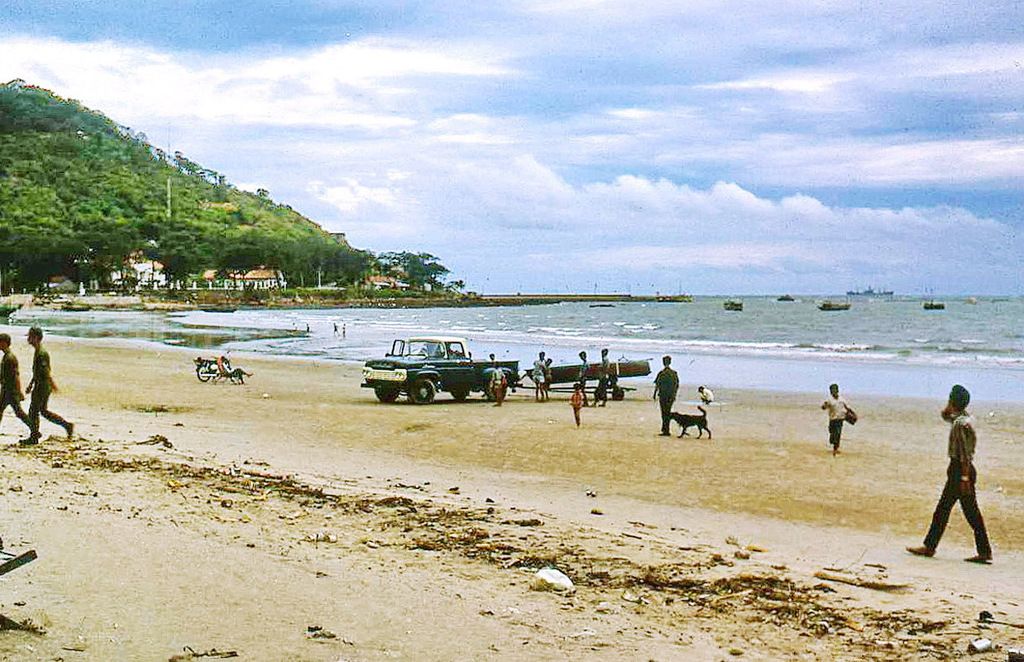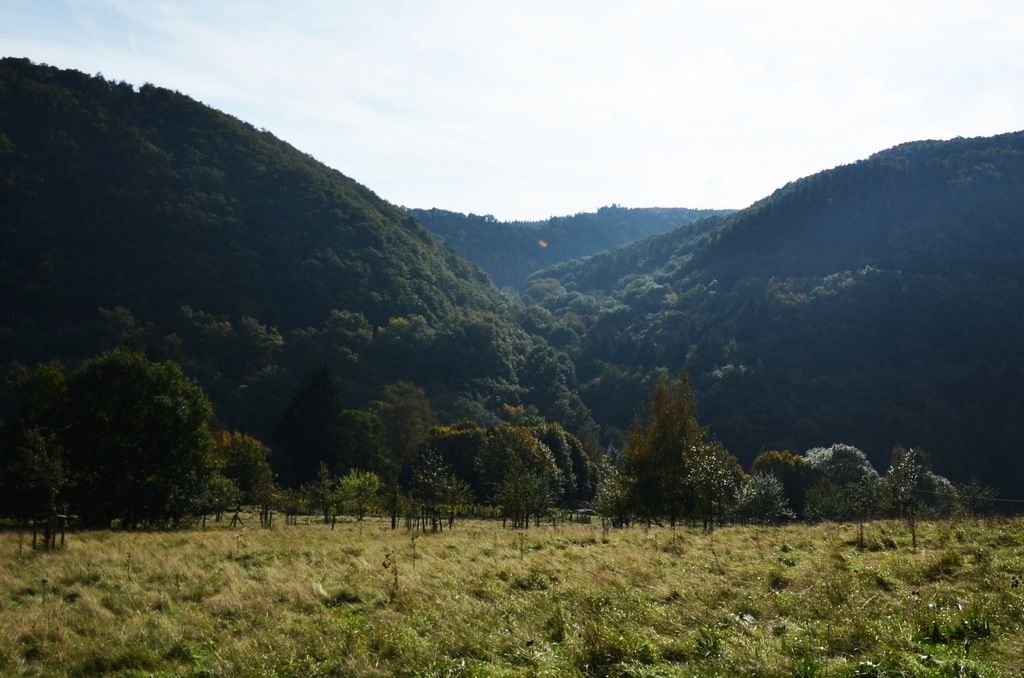Alcoa's CEO Discloses That Tariffs Aren't Propelling Decisions to Reignite Idled Production Sites
Warrick Plant Remains Idled Amid Tariff Uncertainty, Alcoa Pursues Overseas Restart
In a casual, open discussion, Alcoa Corp's top execs shared that they're steering clear of reactivating idled portions of their Warrick plant in Indiana, thanks to the unsettled tariff landscape and market fluctuations. CEO Bill Oplinger elaborated, "It's rough to make a restart call based on a tariff that's just unpredictable"[1][3]. As things stand, the company anticipates tariffs to weigh in on their wallets to the tune of a net $100 million in 2025, with Canadian tariffs of around $400 million partially offset by higher U.S. aluminum prices[3].
April 16 saw execs summarizing their first-quarter earnings of $548 million on revenue of nearly $3.4 billion[3], which incorporated about $20 million of Canadian tariff costs from March 12 to the end of the month.
While the tariff debate continues to rile up the world's trading scene, Alcoa's leadership remains resolute, sticking to their 2025 production and shipment targets for both alumina and aluminum[3]. The only tweak to these projections? A $20 million decrease in Alcoa's depreciation expense due to exchange rate-induced currency swings[3].
During Q1, the leadership noticed encouraging customer demand signals but acknowledged that heightened North American volumes may have been bolstered by firms stockpiling before tariffs took effect[3].
Reflecting on the market dynamics, Oplinger reiterated his stance, which he had expressed nearly two months back[3], regarding the potential reactivation of idled Warrick plant sections. Instead, he emphasized the efficiency of transporting goods from Canada, as approximately 70% of U.S. needs for primary aluminum were fulfilled through north-of-the-border imports compared to idled U.S. capacity of only 600,000 metric tons[1].
Dipping into the specifics, Oplinger shared that restarting idled U.S. smelters would require energy equivalent to nearly seven nuclear reactors or more than 10 Hoover Dams[1]. Given the extensive investments and lengthy timelines needed to construct new smelters, the CEO highlighted that multiple facilities amounting to at least six smelters would be necessary to address the U.S. demand for primary aluminum.
Having said that, Alcoa isn't accepting defeat. The company is pushing ahead with the San Ciprián smelter restart in Spain, anticipating $15 million in restart expenses during Q2 2025[2]. Despite the tariff turmoil, Alcoa's 2025 production targets have remained untouched[3].
Shares of Alcoa (AA) dipped around 6%, trading at $23.55 in the afternoon of April 17[3]. Over the past six months, the company's share value has plummeted by approximately 40%, slashing Alcoa's market capitalization to about $6.1 billion.
- Due to the unpredictable nature of tariffs, Alcoa Corp is not necessarily planning to reactivate the idled portions of their Warrick plant in Indiana, as evident in the tariffs weighing in on their wallets for about $100 million in 2025.
- In a recent discussion, Alcoa's CEO, Bill Oplinger, mentioned the significant depreciation expense due to exchange rate-induced currency swings, which led to a decrease of $20 million in Alcoa's depreciation expense.
- Despite the challenging business environment, Alcoa's leadership remains focused on their 2025 production and shipment targets for both alumina and aluminum, with only a minor adjustment in the depreciation expense.
- Amidst the ongoing tariff debate and market fluctuations, Alcoa is pushing forward with restarting the San Ciprián smelter in Spain, expecting $15 million in restart expenses during Q2 2025, demonstrating the company's persistence in the face of financial challenges.



























